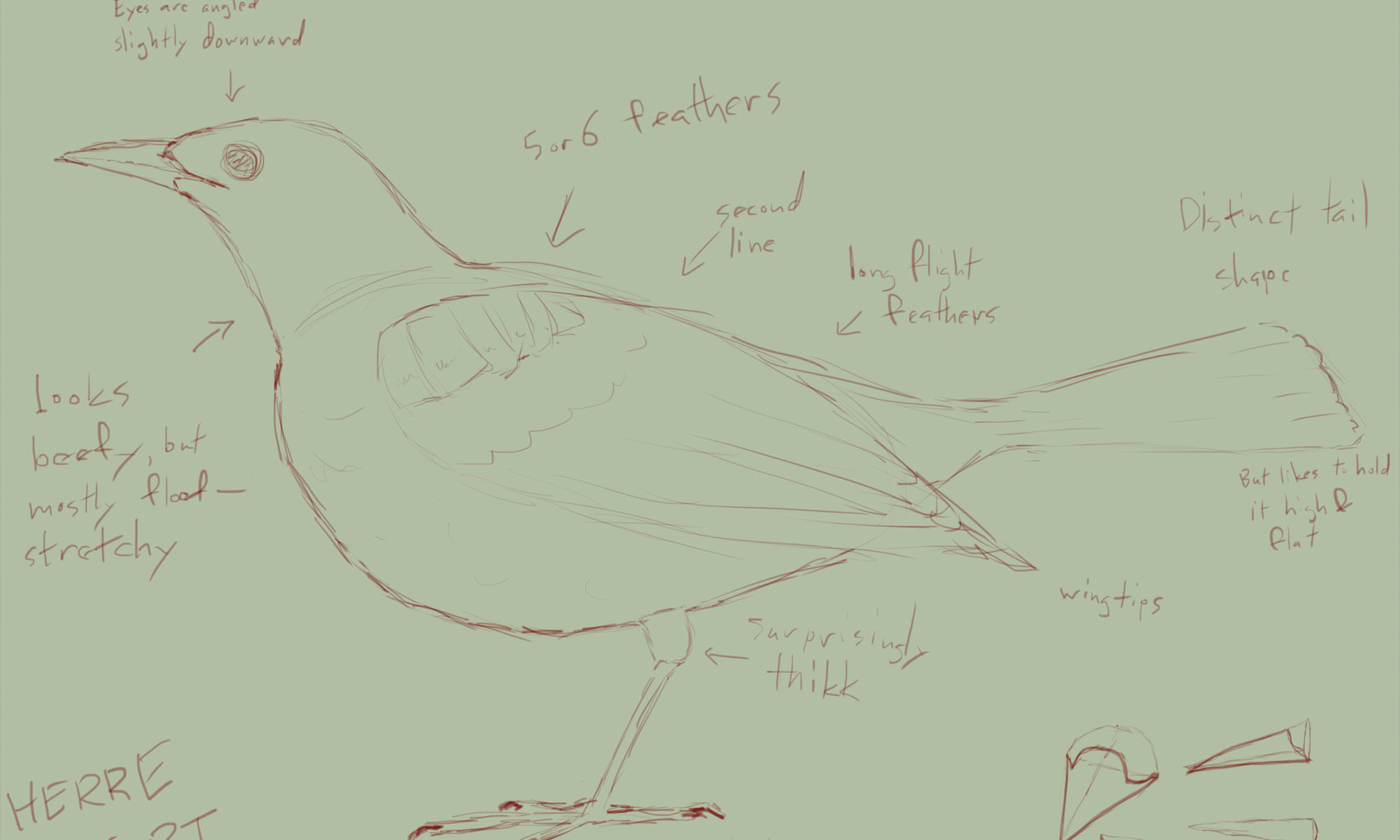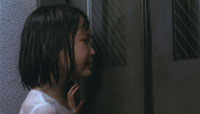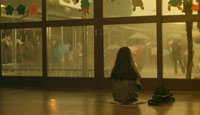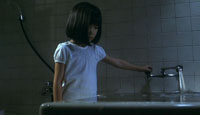This seems to be the summer of grand refutation for the “more is better” blockbuster. Spiderman 3, Shrek the Third, and the upcoming Live Free or Die Hard and The Bourne Ultimatum all seem designed to provide more of everything, but less of what we want. Pirates of the Caribbean: At World’s End is no exception.
Pirates 3 is a huge, clattering, whirring, blurring, shooting, smashing mashup of everything from the first two. Everything is bigger, everything is more. Every character is back. You’ve seen boarding scenes, but not like these — never this huge, never this chaotic. You’ve seen naval combat, but you’ve never seen a ship literally chewed apart by cannon fire. It’s fun while it lasts, and it lasts a long time, so why does it all boil down to a grand feeling of huh, well, all right then?
Pirates 3 is intensely all right, which alone makes it much more worth our moviegoing dollar than most of the summer blockbusters we’ve sat through. Most attempts at the kind of guiltless, unapologetic fun of Bruckheimer and Verbinski’s Pirates series fail. It turns out that popcorn movies aren’t easy. Pirates 3 has an extraordinary level of craftsmanship and amazing stats, but it also has a great deal of control — the most frequently missed ingredient of such blockbusters. What it does miss are two apparently contradictory elements: focus and chaos.
Picture a movie as a two-dimensional graph, on which anything can be placed; the only rule is the x-axis, which is time. Where the movie deviates toward the bottom of the graph, it moves toward focus. The movie knows what it’s doing, why it’s doing it, and how it’s certain to accomplish it. This is focus, in movie terms. Gosford Park is the most focused film you will ever see. It’s also one of the most boring experiences you will ever sit through.
At the top of the graph is chaos; here lies invention, awe, the subconscious. The non-narrative films of Matthew Barney lie entirely at the top of the graph. Even the apparent dips toward structure — the bike race in Cremaster 4, or the opera in Cremaster 5 — are just feints. Whatever internal logic or focus the filmmaker may have in mind, it’s not presented in the film.
At the bottom of the graph, Pirates 3 suffers, generally on the burdens of being the third of a largely unplanned trilogy. There are so many characters, so many plotlines. Betrayals happen so quickly and frequently from all sides that their resonances seems to cancel each other out, like plucking a guitar string from both ends at random. Who are the most important characters, what do they need to accomplish, and how? The movie jerks all too frequently toward the bottom of the graph, but never takes the time to make a solid, meaningful drive.
At the top of the graph, only one thing needs to be said: The characters take a trip to the afterlife. What makes the afterlife unique? Not very much, really — same sea and sky, same cinematography. The best we ever get is Captain Jack Sparrow’s private purgatory as a salt flat and a series of heat hallucinations. The mythical Far East is a series of generic nighttime sets which blow up predictably. Intangible sexual tension, which obeys its own unknown rules in the movies as it does in real life, is almost entirely absent. The movie wrongly believes that it’s in too much of a hurry to ever just stop, take a breath, and look around.
Pirates of the Caribbean: At World’s End lies almost entirely in the middle of our imaginary graph, delivering with verve and finesse all of the audience’s desires, except for the desire to dream.
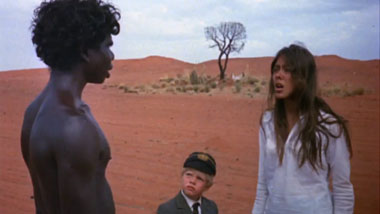 A man drives his son and teenage daughter (credited only as White Girl and White Boy) into the outback, lights the car on fire, tries to shoot them, and caps himself. Young aborigine (Black Boy) finds them, helps them return to civilization. Film.
A man drives his son and teenage daughter (credited only as White Girl and White Boy) into the outback, lights the car on fire, tries to shoot them, and caps himself. Young aborigine (Black Boy) finds them, helps them return to civilization. Film.